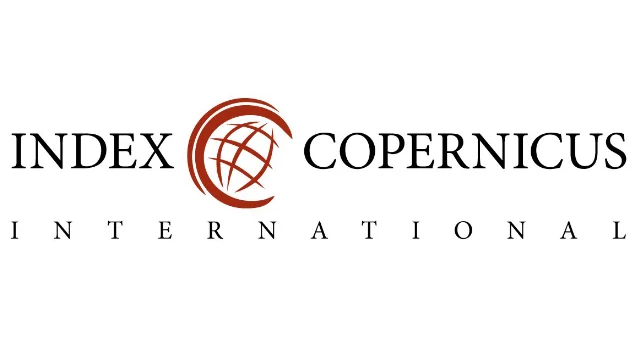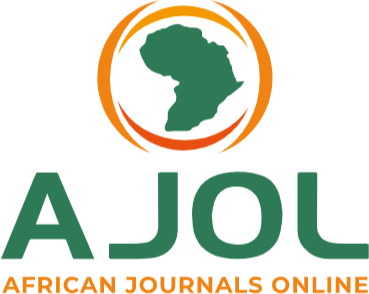Faith, Technology, and Safety: A Theoretical Framework for Religious Leaders Using Artificial Intelligence to Advocate for Gun Violence Prevention
Keywords:
AI-driven advocacy, Faith-Based Advocacy, Gun Violence Prevention, Supervised Learning, Unsupervised Learning, Reinforcement LearningAbstract
Gun violence remains a pressing moral and public health crisis, necessitating innovative approaches to advocacy within faith communities. This conceptual paper explores the potential of artificial intelligence (AI) to enhance the advocacy efforts of religious leaders in combating gun violence. Drawing on social capital theory and techno-ethical frameworks, it examines how AI-driven tools—such as supervised learning for data-driven messaging, unsupervised learning for community trend analysis, reinforcement learning for adaptive advocacy strategies, and hybrid models for comprehensive engagement—can amplify the moral and social influence of religious communities. The study addresses ethical challenges, including privacy concerns, algorithmic bias, and the risk of dehumanizing advocacy efforts, proposing guidelines for responsible AI use. Emerging trends, such as federated learning and explainable AI (XAI), are explored as future directions for faith-based advocacy. Regulatory frameworks, including data protection laws and ethical AI standards, are considered for their role in ensuring equitable and transparent technology adoption. This article provides a theoretical foundation for researchers, religious leaders, and policymakers to advance AI-driven advocacy, offering recommendations to align technology with faith-based values in the pursuit of safer communities.
Downloads
Published
Issue
Section
Similar Articles
- Chukwuemeka. K. Onwuamaeze, Christopher. I. Ejiofor, An Improved Defragmentation Model for Distributed Customer’s Bank Transactions , Communication In Physical Sciences: Vol. 5 No. 3 (2020): VOLUME 5 ISSUE 3
- Abdulateef Oluwakayode Disu, Henry Makinde, Olajide Alex Ajide, Aniedi Ojo, Martin Mbonu, Artificial Intelligence in Investment Banking: Automating Deal Structuring, Market Intelligence, and Client’s Insights Through Machine Learning , Communication In Physical Sciences: Vol. 8 No. 4 (2022): VOLUME 8 ISSUE 4
- Changde A. Nanfa, Musa O. Kizito, Fabian Apeh Akpah, Jimoh J. Bolaji, Mu’awiya Baba Aminu, John O. Wale , Faith Fehintoluwa Oye, Rebecca Juliet Ayanwunmi, Samson Ayobami Akinbunmi, Investigation Of Basement Aquifer Hydraulics And Protective Capacity Within Jimgbe And Environs, North Central Nigeria , Communication In Physical Sciences: Vol. 12 No. 3 (2025): VOLUME 12 ISSUE 3
- Nnabuk Okon Eddy, Rajni Garg, Femi Emmanuel Awe, Habibat Faith Chahul, Computational Chemistry studies of some cyano(3-phenoxyphenyl) methyl isobutyrate derived insecticides and molecular design of novel ones , Communication In Physical Sciences: Vol. 5 No. 4 (2020): VOLUME 5 ISSUE 4
- Oluwafemi Samson Afolabi , Load-Bearing Capacity Analysis and Optimization of Beams, Slabs, and Columns , Communication In Physical Sciences: Vol. 6 No. 2 (2020): Communication in Physical Sciences
- David Adetunji Ademilua, Cloud Security in the Era of Big Data and IoT: A Review of Emerging Risks and Protective Technologies , Communication In Physical Sciences: Vol. 7 No. 4 (2021): VOLUME 7 ISSUE 4
- Akinboyo Samuel Imoleayo, Olayinka Otesanya, Richard Adjadeh, Statistical Modeling of Electoral Outcomes: Assessing the Impact of Socioeconomic and Demographic Variables on Voting Behavior , Communication In Physical Sciences: Vol. 11 No. 4 (2024): VOLUME 11 ISSUE 4
- Dahunsi Samuel Adeyemi, Effectiveness of Machine Learning Models in Intrusion Detection Systems: A Systematic Review , Communication In Physical Sciences: Vol. 11 No. 4 (2024): VOLUME 11 ISSUE 4
- Oluwafemi Samson Afolabi , Oluwafemi Samson Afolabi , Communication In Physical Sciences: Vol. 12 No. 4 (2025): VOLUME1 2 ISSUE 4
- Nsikan Ime Obot, Busola Olugbon, Ibifubara Humprey, Ridwanulahi Abidemi Akeem, Equatorial All-Sky Downward Longwave Radiation Modelling , Communication In Physical Sciences: Vol. 9 No. 2 (2023): VOLUME 9 ISSUE 2
You may also start an advanced similarity search for this article.




